The Property of A LADY OF TITLE By family tradition, the provenance of the three magnificent emeralds offered today can be traced to Queen Isabella II, who ascended the Spanish throne at the age of two, in 1833, on the death of her father, Ferdinand VII. She reigned until 1868, dominated first by Ferdinand's fourth wife, Maria Cristina of Naples, and later by ambitious members of her own Court. In 1868, a revolutionary proclamation issued at Cadiz on September 18, ended the absolutist reign and the Royal military forces were defeated a few days later at the Battle of Alcola. Queen Isabella left Madrid for Paris, were she was accorded every "cautious courtesy" by Napoleon III and Empress Eugenie, who was said to have eyed the Queen's jewel collection with "admiration and envy". Two years passed before Queen Isabella abdicated, to be succeded by her son Alphonse, then twelve years old, who succeded his mother in name only. In the last years of the nineteenth Century, many of the Queen Isabella's jewels found their way into the collections of other Royal and noble families. The Queen was well aware of the history and importance of her jewels, and her eye for quality was impeccable. Her Majesty Queen Ena of Spain, grandmother of the present King, remembered Queen Isabella discussing her jewels with the knowledge and appreciation of a conoisseur and sold them with the skill and perspicacity of a jeweller. "She often gave her gems affectionate names", Queen Ena said, "calling them her sweet little pets...so much more satisfactory than dogs or cats and not so noisy as oiseaux , squawking in their dreadful cages". Since the days of the Conquistadores, the ties between the Royal House of Spain and the emerald mines of present-day Colombia have been forged with links of gold and set with emeralds: the "sweat of the sun, tears of the moon". At the same time, the Spaniards were exploring the New World, they were energetically searching for gold and emeralds; highly regarded by the Indians for their trade, ceremonial and religeous value, the Spanish undoubtebly acquired huge numbers of these precious stones, although dependable records of emeralds exports to Spain are unfortunately very sketchy. So many emeralds were sent to Europe from South America that the Europeans knew of no other source. Pizarro reportedly sent four chests of emeralds to the King of Spain in 1533, and Father Joseph de Acosta wrote that "the two chests of emeralds, each weighing at least one hundred pounds" were on the ship when he returned to Europe in 1587. These treasures not only satisfied the covetous soldiers of the Conquest, but also filled the coffers of the distant King of Castille. Many of the finest Colombian emeralds of the late sixteenth Century found their way in the Royal Courts of Europe. Others were eagerly acquired by the Mogul nobility of India, who sought large, fine Colombian emerald crystals. As this market opened, Spain, through already well developed trade routes, exported vast amounts of rough Colombian emeralds to India, where they were beautifully carved by Mogul craftsmen and worn by the nobility sewn on articles of clothing or worn as turban ornaments. The value of emeralds, then as now, depends both upon its clear, deep green colour and its size. It was this standard that counted at the European Courts, and in the coffers of the merchant princes and Church dignitaries. It was the brilliance, the weight, the purity and the sheer quality that mattered. Only these qualities would buy power and luxury, and could be stored away as an investment for the future. Exactly as today, almost half a millenium later. The present brooches, and the accompanying bracelet of somewhat later date, mounted by Cartier, can be considered Royal gems, not for their superb quality alone, but because of their history which began so long ago in the jungle of South America and has allowed these beautiful stones to be witness to the history of Europe for ove
The Property of A LADY OF TITLE By family tradition, the provenance of the three magnificent emeralds offered today can be traced to Queen Isabella II, who ascended the Spanish throne at the age of two, in 1833, on the death of her father, Ferdinand VII. She reigned until 1868, dominated first by Ferdinand's fourth wife, Maria Cristina of Naples, and later by ambitious members of her own Court. In 1868, a revolutionary proclamation issued at Cadiz on September 18, ended the absolutist reign and the Royal military forces were defeated a few days later at the Battle of Alcola. Queen Isabella left Madrid for Paris, were she was accorded every "cautious courtesy" by Napoleon III and Empress Eugenie, who was said to have eyed the Queen's jewel collection with "admiration and envy". Two years passed before Queen Isabella abdicated, to be succeded by her son Alphonse, then twelve years old, who succeded his mother in name only. In the last years of the nineteenth Century, many of the Queen Isabella's jewels found their way into the collections of other Royal and noble families. The Queen was well aware of the history and importance of her jewels, and her eye for quality was impeccable. Her Majesty Queen Ena of Spain, grandmother of the present King, remembered Queen Isabella discussing her jewels with the knowledge and appreciation of a conoisseur and sold them with the skill and perspicacity of a jeweller. "She often gave her gems affectionate names", Queen Ena said, "calling them her sweet little pets...so much more satisfactory than dogs or cats and not so noisy as oiseaux , squawking in their dreadful cages". Since the days of the Conquistadores, the ties between the Royal House of Spain and the emerald mines of present-day Colombia have been forged with links of gold and set with emeralds: the "sweat of the sun, tears of the moon". At the same time, the Spaniards were exploring the New World, they were energetically searching for gold and emeralds; highly regarded by the Indians for their trade, ceremonial and religeous value, the Spanish undoubtebly acquired huge numbers of these precious stones, although dependable records of emeralds exports to Spain are unfortunately very sketchy. So many emeralds were sent to Europe from South America that the Europeans knew of no other source. Pizarro reportedly sent four chests of emeralds to the King of Spain in 1533, and Father Joseph de Acosta wrote that "the two chests of emeralds, each weighing at least one hundred pounds" were on the ship when he returned to Europe in 1587. These treasures not only satisfied the covetous soldiers of the Conquest, but also filled the coffers of the distant King of Castille. Many of the finest Colombian emeralds of the late sixteenth Century found their way in the Royal Courts of Europe. Others were eagerly acquired by the Mogul nobility of India, who sought large, fine Colombian emerald crystals. As this market opened, Spain, through already well developed trade routes, exported vast amounts of rough Colombian emeralds to India, where they were beautifully carved by Mogul craftsmen and worn by the nobility sewn on articles of clothing or worn as turban ornaments. The value of emeralds, then as now, depends both upon its clear, deep green colour and its size. It was this standard that counted at the European Courts, and in the coffers of the merchant princes and Church dignitaries. It was the brilliance, the weight, the purity and the sheer quality that mattered. Only these qualities would buy power and luxury, and could be stored away as an investment for the future. Exactly as today, almost half a millenium later. The present brooches, and the accompanying bracelet of somewhat later date, mounted by Cartier, can be considered Royal gems, not for their superb quality alone, but because of their history which began so long ago in the jungle of South America and has allowed these beautiful stones to be witness to the history of Europe for ove





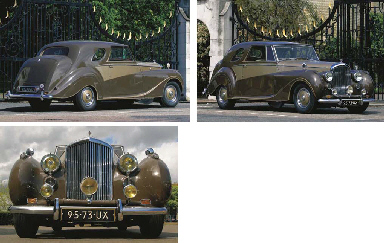
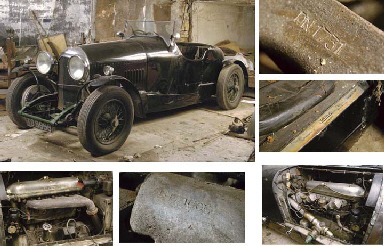
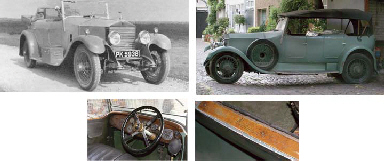

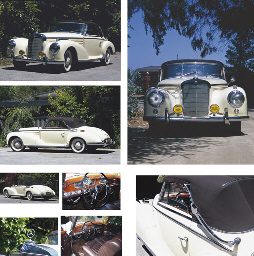
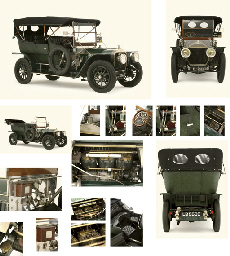
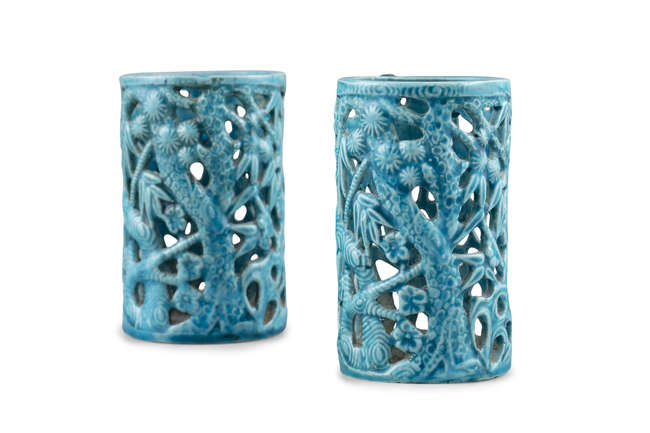



Testen Sie LotSearch und seine Premium-Features 7 Tage - ohne Kosten!
Lassen Sie sich automatisch über neue Objekte in kommenden Auktionen benachrichtigen.
Suchauftrag anlegen